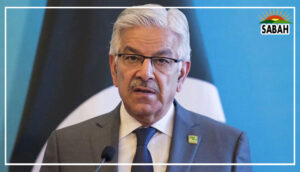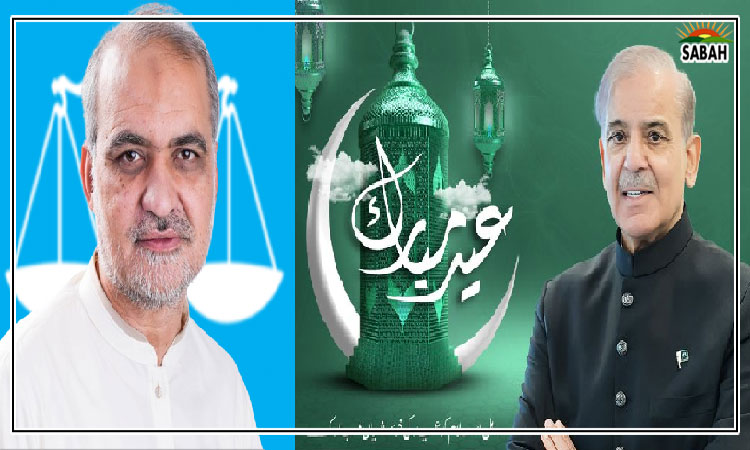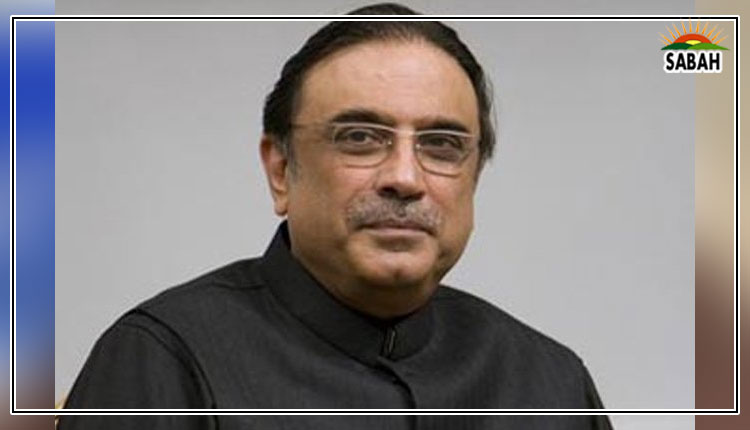HOME LATEST PAKISTAN BUSINESS WORLD OPINION SCI-TECH PHONES LIFE & STYLE T-MAGAZINE T.EDIT SPORTS CRICKET BLOGS VIDEOS MORE Stopping the killer smog in our cities… Daud Khan
On 9 March 2023, the Federal Cabinet approved Pakistans first Clean Air Policy. This is an important step to address one of the countrys critical problems. Shahbash to the Minister of Climate Change and to various experts worked with her.
Over the winter of 2022-23, many cities, including Karachi and Lahore, were classified among the most polluted in the world. There were advisories by the Government to stay indoors. Schools and offices, including public offices, had to be closed intermittently. It is estimated that air pollution contributed to the death of 200,000 people and lowered life expectancy by almost three years.
With the arrival of spring, the air is clearing. People can now literally start breathing once again! But will the problem return in 9 to10 months? And more to the point are there things we can do to prevent or at least reduce this annual phenomenon.
The causes of the poor air quality in our cities are well understood. It a mix of human activity in and around the city, exacerbated by ambient factors such as temperature, air currents and the topography.
Air pollution comprises a cocktail of chemicals, such as carbon dioxide, nitrates and sulphates; and particulate matter, such a soot, ash and dust. In Pakistan, the main sources of pollution are: transport and traffic; power plants, industrial units and factories, including the much maligned brick kilns; and burning of crop stubble, other agriculture residues and solid municipal waste, including highly toxic plastic waste.
Pollution peaks in the winter months as air currents are weak and rainfall is low. As a result chemicals and particulates are not blown away by the wind or washed away by rain. Local pollution stays local. Another factor is temperature inversion. Cold air is trapped at ground level by a layer of warmer air above it like a pot with a lid. Particulate matter and other pollutants thus remain trapped in the lower atmosphere where it is most harmful for humans.
Moreover, if the difference between day and night temperatures is substantial, ground fog can also form, particularly in the morning hours. This is a phenomenon that particularly affects Lahore and other cities in Punjab. The fog particles are tiny droplets of water suspended in the air. Chemicals such as Nitrogen Oxide and Sulphur Dioxide react with these water particles to form corrosive acids. Dust, ash and other particles also piggy back on these water droplets.
The mix of corrosive acids and particulate matter play havoc with the delicate membranes in the nose and lungs. In the case of babies and young children this can restrict the absorption of oxygen and cause permanent damage on the development of their brains and other organs.
Can anything be done about all this? Most certainly there is!
The first thing is to reduce traffic related pollution by improving mass transport systems; raising emission standards and fuel quality; incentivising the use of electric vehicles, particularly motorcycles which have detachable batteries that do not need fixed charging points as do electric cars; and selective restrictions on the use of the most polluting vehicles such as diesel trucks when pollution levels rise above a certain level.
The second thing is to reduce emissions from industrial sources. Currently there are few zoning restrictions which mean that factories, workshops and power generating units can be set up almost anywhere. This has to change. New industrial activities must adhere to higher standards. They also need to be located keeping in mind topography and wind directions two factors that are critical determinants of how their emissions are dispersed. As importantly, existing laws on emissions should be applied and, where necessary, highly polluting units close to cities should be relocated.
The third thing is to stop the burning of crop residues which not only creates pollution but also kills most of the organisms living in the soil. This negatively affects soil fertility and health, and eventually the productivity of crops. There are well proven technologies that do not require burning of crop residues and can, in fact, reduce farmers costs and increase yields. A strong extension effort combined with Government restrictions could substantially reduce, or even eliminate, burning of crop residue.
Lastly, better use should be made of solid municipal waste. Proper processing and incineration can not only reduce pollution but also profitably generate electricity. The private sector should be encouraged to do this.
The Clean Air Policy touches on these and other actions. However, as often happens in Pakistan, we have excellent studies, strategies and policies which remain words on paper. Several actions may improve the chances of success including the involvement of city governments, drawing on the expertise of academia, and harnessing the convening power of NGOs and CSOs.
In this context it may be useful to look at other countries and see if there are lessons to be learnt. India has introduced an innovative system to incentive and reward local actions. Cities with a population of over one million can apply to a Government fund of US$1.7 billion provided they reduce air pollution levels by 15 per cent every year. India has also drawn in some of the countrys top technical institutes and international NGOs such as the Clean Air Fund to help on measurement and monitoring, as well as formulating specific projects and programmes. Pakistan could benefit by doing the same.
It may also be useful to remind ourselves that reducing air pollution is an achievable task. I well recall visiting Beijing in the 1990s and the early years of 2000. The sky was dull brown and even a few days in the polluted air would result in a sore throat and cough that would last for weeks. But targeted actions such as restrictions on use of cars, converting buses to natural gas and eliminating coal burning boilers resulted in a 40% fall in particulate matter from peak level in 2013 to 2020. One can now see blue skies in Beijing most days.
Courtesy The Express Tribune












